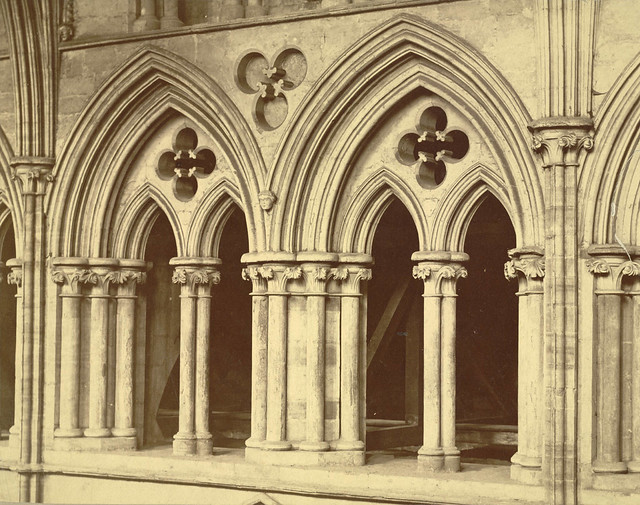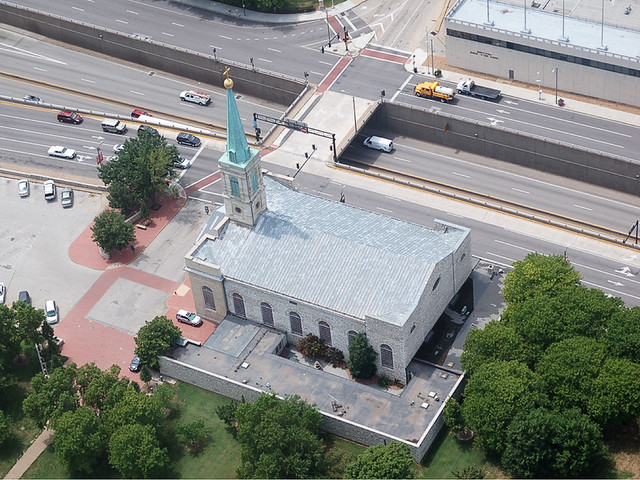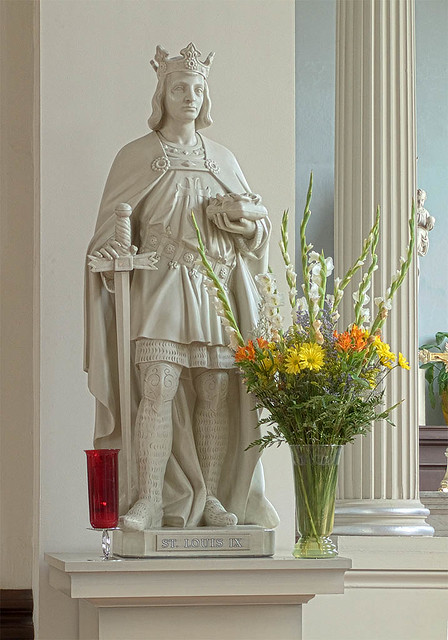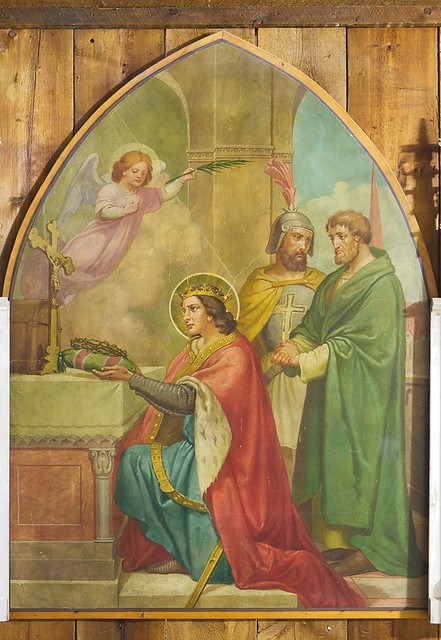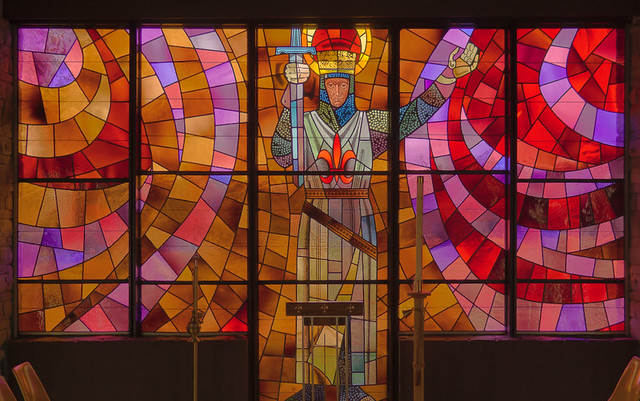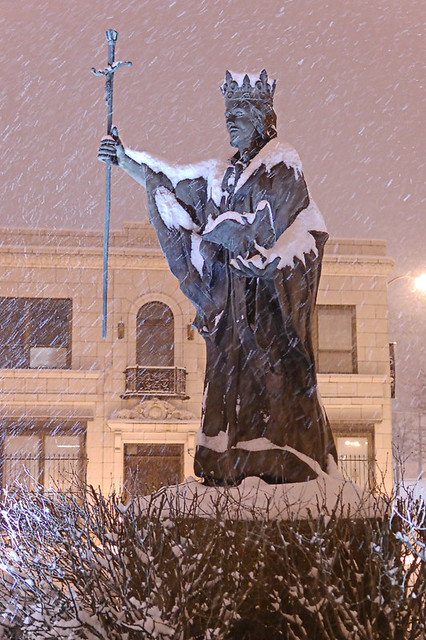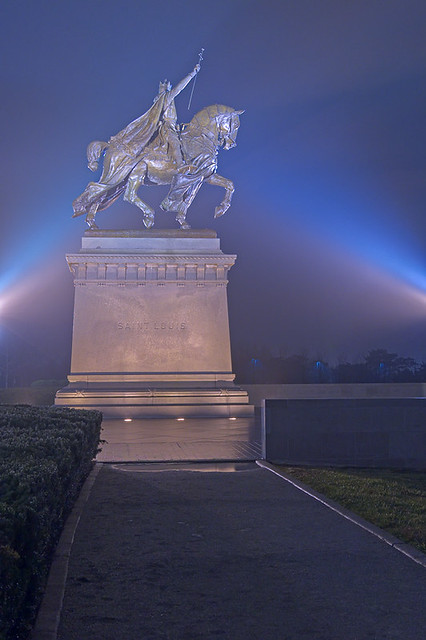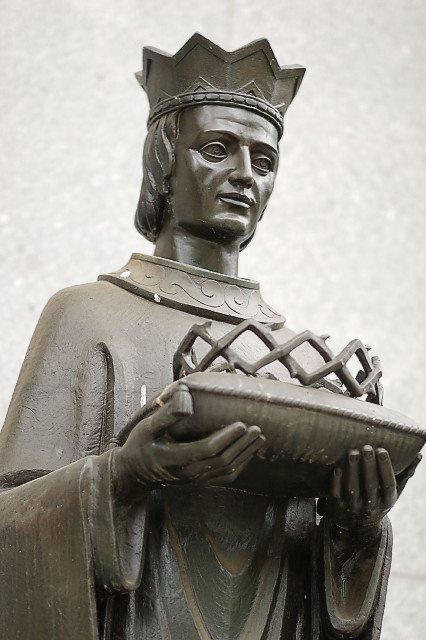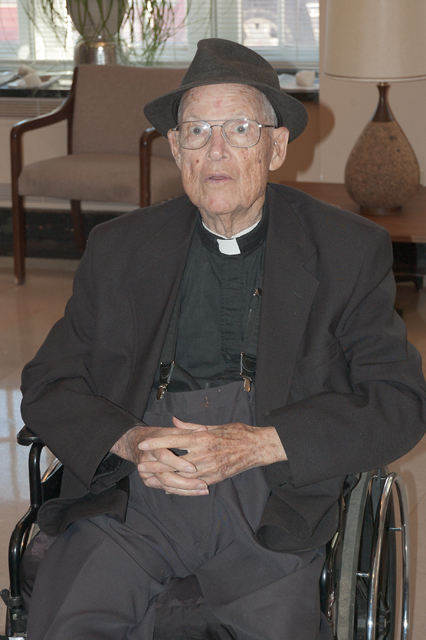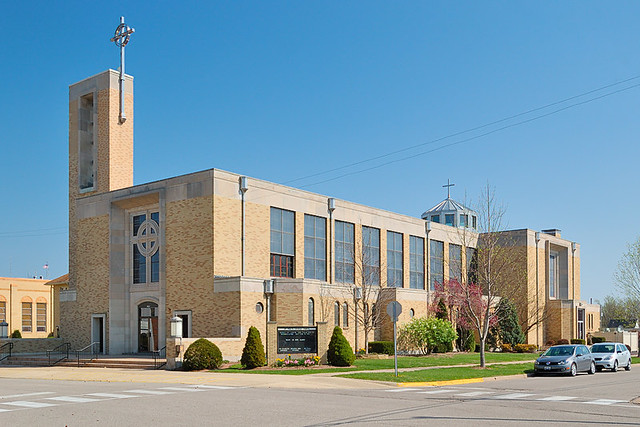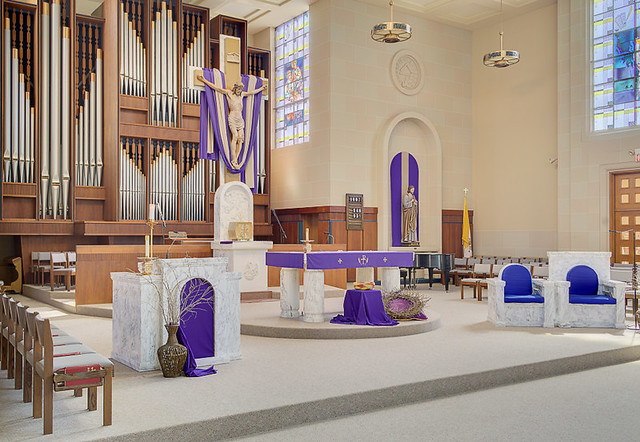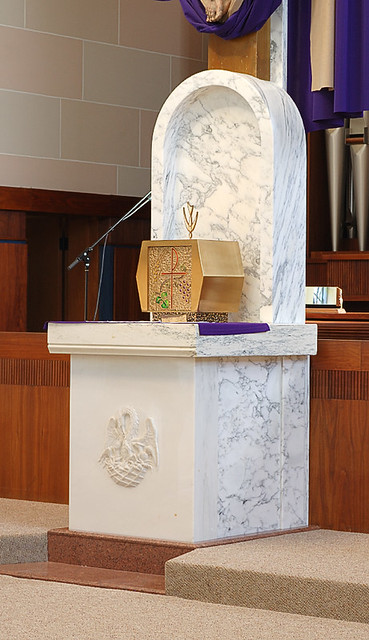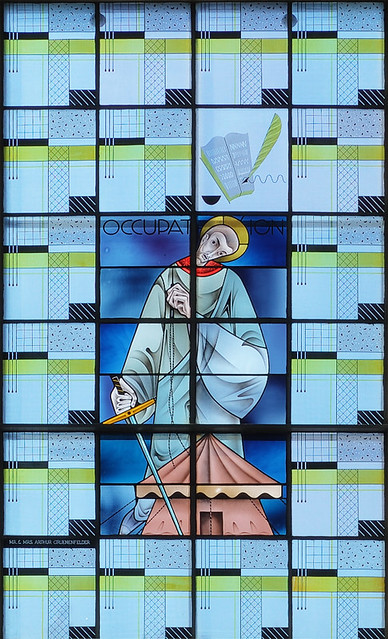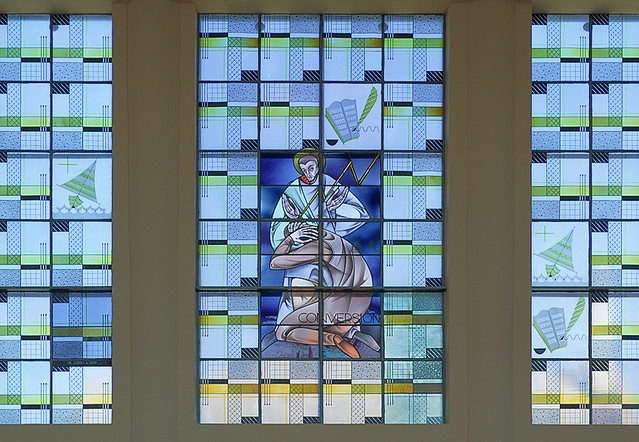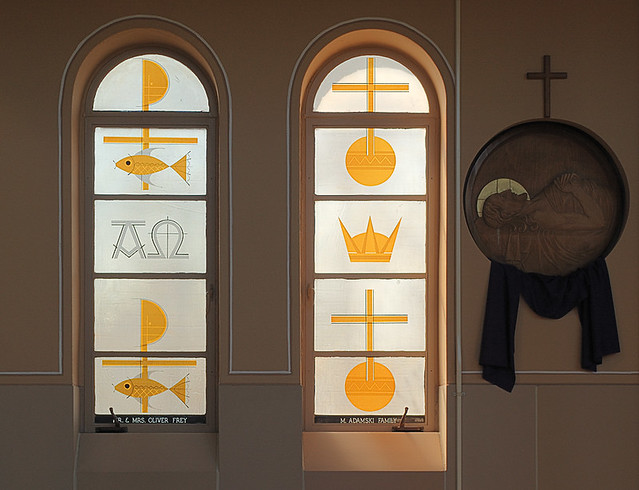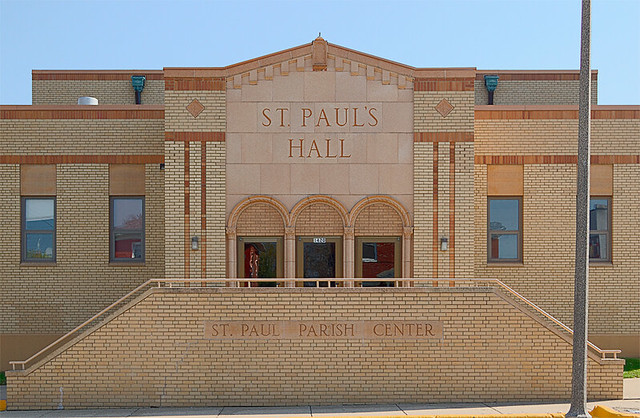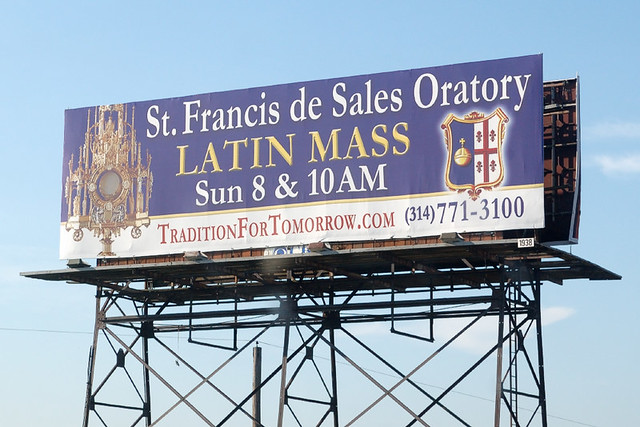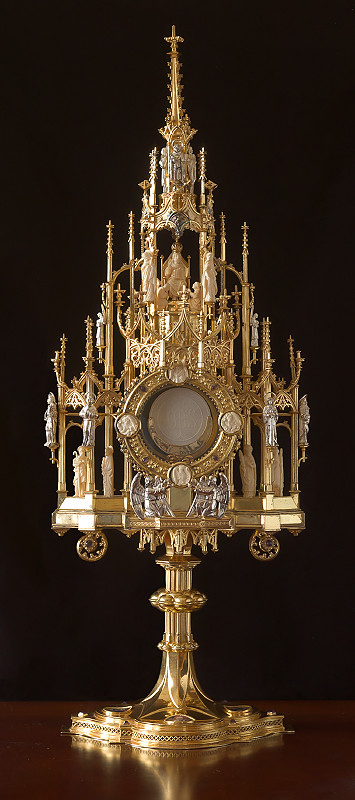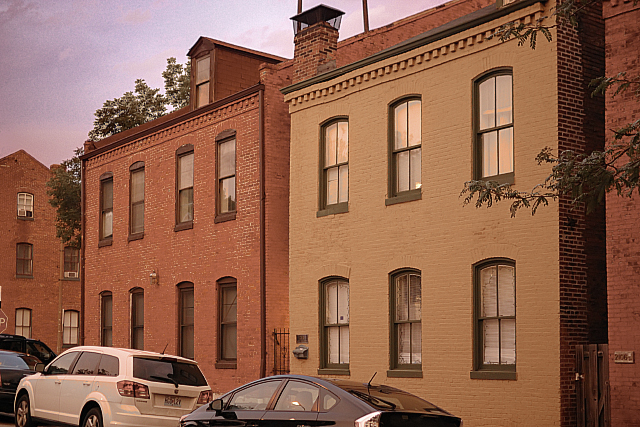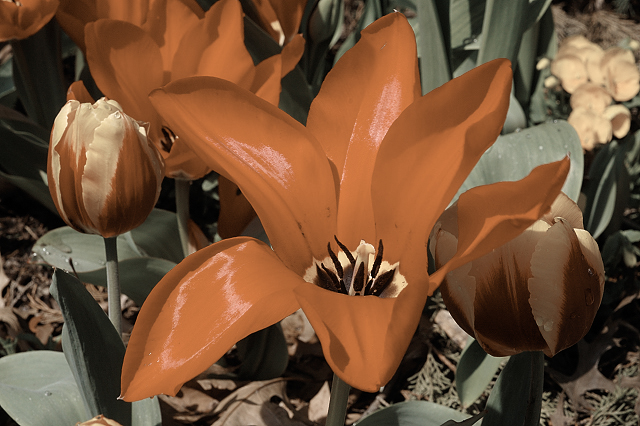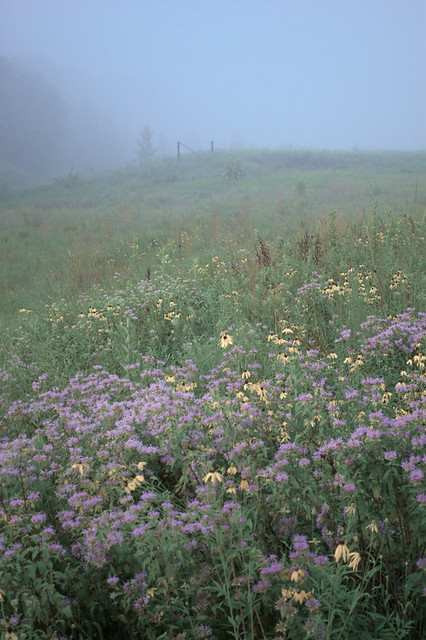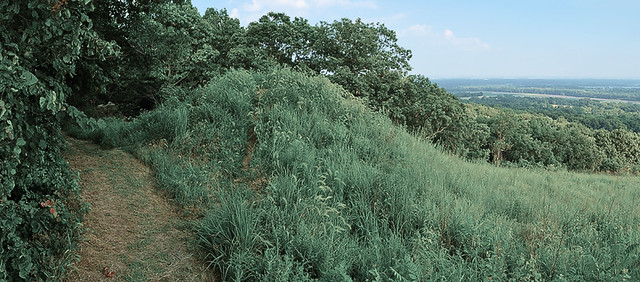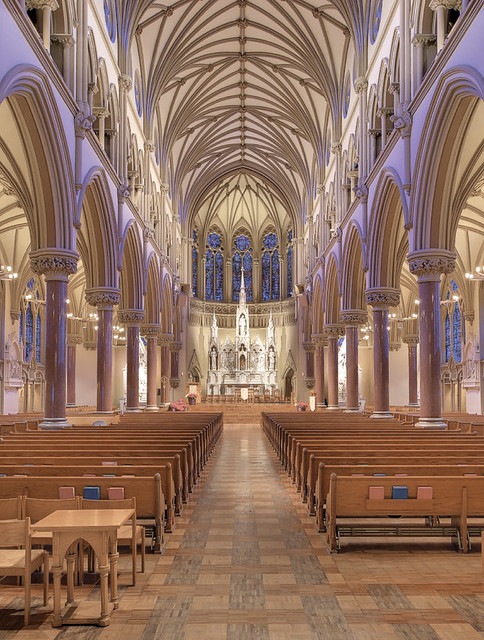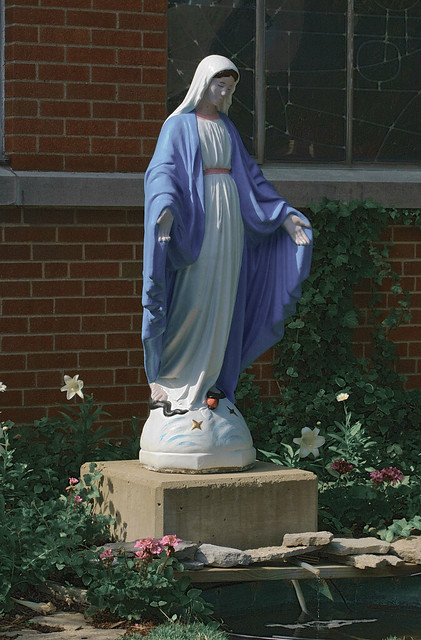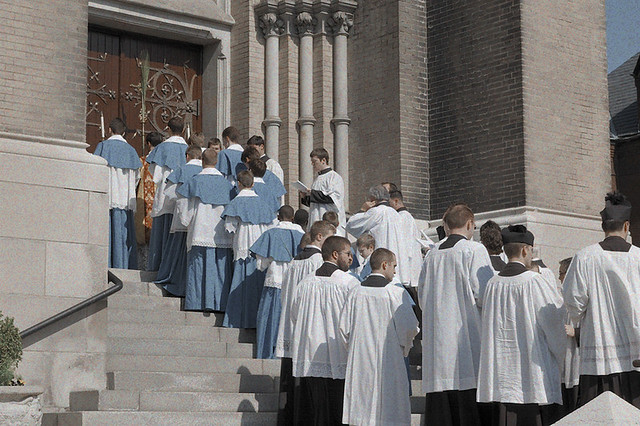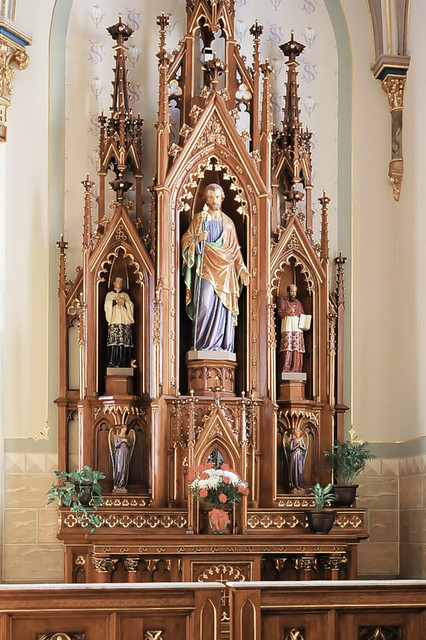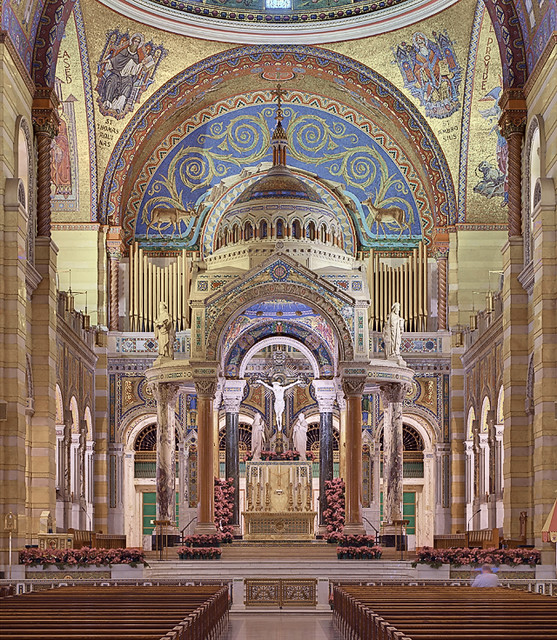| August 18, 2011
SACRED MUSIC CHOIR CAMP - SUMMER AT THE ORATORY -
HALL BATHROOM RENOVATION - DIGITAL PHOTOGRAPH HIGH ALTAR -
LOUIS IX, KING - CAN YOU GUESS
Dear Faithful and Friends of St. Francis de Sales Oratory,
SECOND ANNUAL SACRED MUSIC CAMP: A TRIUMPH OF WORK AND PRAYER
 Sacred Choir Camp 2011
Sacred Choir Camp 2011
The children of St. Francis de Sales Oratory, filled with fond memories of last year’s choir camp, returned to Kentucky last week with great enthusiasm and met up with old friends from around the country. The results of their dedication were evident within the first days of their arrival. Guided by our music director Nick Botkins and the other faculty members and counselors, the young musicians quickly settled into a rigorous schedule of three hours of class and two hours of rehearsal per day. Classes included vocal technique with Mr. Botkins, music composition with composer Kevin Allen, Latin with Mr. Joseph Reidy, and Gregorian chant with Canon Aaron Huberfeld. Canon Huberfeld’s presence at the camp this year made possible the celebration of daily Mass. The camp closed with a High Mass at which the children sang the pieces which they had been learning throughout the week.
 Classes with Canon Huberfeld, Mr. Allen, and Mr. Botkins
Classes with Canon Huberfeld, Mr. Allen, and Mr. Botkins
The Ursuline sisters who hosted the camp at their retreat center followed the progress of the camp very closely and were deeply touched by the performance which the children offered them halfway through the week. “What beautiful Latin!” exclaimed one. They all expressed their earnest hope that our children would remain committed to the study of sacred music, and that they would see them all again next summer. You can be sure that they will!
The Institute of Christ the King wishes to express its thanks to the camp’s faculty members and counselors, as well as to the generous donors who helped to defray the cost of the camp. You have made a valuable investment in our children’s future and in the future of Church. May God bless your generosity!
SUMMER AT THE ORATORY – INVITE FRIENDS, NEIGHBORS, AND FAMILY
It’s this Sunday! Following the 10:00 AM High Mass in honor of King St. Louis IX, Patron of our city and Archdiocese, the annual festivities of Summer at the Oratory will begin just outside the church in the courtyard between rectory, church and 1888 Grammar School buildings. The best barbecued meats, cool beer, and live Jazz will greet the hungry and the thirsty, while all sorts of fun activities will entertain the young and old alike: games, prizes, quilt raffle, country market, and new this year, a dunking booth for famous Oratory personages and horse rides on the lower parking of the Oratory!

More and better will also be found in the expanded Silent Auction which will be conducted to highlight and support the restoration needs of the Oratory “TraditionForTomorrow” – (please follow our work and support it by your prayers and donation!) There are many wonderful and interesting auction items for everything from tickets to events, restaurant dinners, tax service, and the ever popular dinner with the Canons!
Please come, and bring your friends, neighbors, and family!
CHURCH HALL BATHROOM RENOVATION

One of the most obvious needs for improvement on the Oratory campus has been the condition of the bathrooms in the church hall. We have begun to address this issue by remodeling the men’s bathroom. This past week we have had a remediation contractor remove the existing tile floor. Next week we will have the plumber and construction contractor begin the installation of new fixtures, partitions, drop ceiling, lighting and ceramic floor tiles, along with wall repair and painting. We hope this will help to make the hall a better place for our families to gather and it will also be more pleasant to use these facilities.
The cost for the men’s room refurbishment will be approximately $15,000.00. We also plan in the future to remodel the ladies’ room at a similar cost, after having received necessary funding through donations. Thanks to two very generous companies, the price of the bathroom renovation has been reduced to mostly material cost only ($30,000.00 for both bathrooms). Due to our limited resources, we will have to renovate in two stages, repairing the worse case first. When we have collected enough funds, we will tackle the second stage, which will be the repair and remodeling of the women’s bathroom.
 Current state of bathroom, in the hall
Current state of bathroom, in the hall
We are very grateful for the already generous donations of labor for this project by Brooks Plumbing and O.A.S. Construction Co. and we need the funds to buy the fixtures, plumbing supplies and other construction materials to complete the renovation.
Please excuse any inconvenience this remodeling work will cause during this construction phase.
DIGITAL PHOTOGRAPHY MEETS CENTURY-OLD ALTAR
The beautiful altars at St. Francis de Sales Oratory were designed and built by the E. Hackner Altar Company of La Crosse, WI, a premier provider of church furnishings from 1881 to 1967. Founded by Mr. Egid Hackner, a German immigrant from Bavaria, the company employed artisans, sculptors, and craftsmen to make church altars – mostly by hand, as power machinery was not introduced until 1910. Mr. Hackner referred to the “artistic products” of those days, and evidently placed a high value on the originality and artistic quality of his altars from that period. Indeed, more than one hundred years after its installation in 1908, the magnificent main altar at St. Francis de Sales is a grand testament of Mr. Hackner’s high standards of artistry and craftsmanship.
The reredos of the high altar stands more than 52 feet tall, and is an intricate system of carved niches, statues, and spires pointing towards heaven. Typical of that period, the custom designed reredos was handmade by the 30 or so artisans, then shipped in parts, and assembled on site. Today, even when one stands near the foot of the high altar, it would not be possible to see all the details of this towering reredos. Most images of this often-photographed high altar convey the breath-taking size of the reredos, but cannot bring all its intricate details into focus all at once.
 High Altar St Francis de Sales Oraotry
High Altar St Francis de Sales Oraotry
Photo by Mark Abeln
But what the human eye cannot see and a conventional camera cannot show, Mr. Mark Abeln, a modern artisan in his own right, has captured on print. Using 288 separate photos shot over a period of two hours, Mr. Abeln has composed an image of the high altar which shows the work of the artisans a century ago in glorious detail. Employing cutting-edge digital photographic techniques, including a special algorithm he wrote for this purpose, the 288 images were painstakingly aligned and “stitched” together to form a seamless single image. Distortions due to camera angle, exposure differences, the effect of heat, and the unique dynamic range in the lighting of the subject, were carefully eliminated in the composition process which took over 40 hours.
The resultant image is most remarkable in that it resembles a painting more than a photograph. In this one single, large image we are now able to see in sharp detail the beautiful, majestic altar built over a century ago, in a way even the builders themselves could not have seen. It is as if the high altar has been captured on canvas, as a painting in which the brush strokes are individual elemental photos, meticulously applied so that we might see old art in a brand new way.
This project was Mr. Abeln’s contribution to the restoration effort of St. Francis de Sales Oratory, and he has generously provided a large poster-sized print, which is now framed and available for viewing at the Rectory. Additional giclee prints will be made available for purchase to raise funds to support the restoration of this church. The Oratory is very grateful to be the recipient of this beautiful modern photographic artwork.
LOUIS IX OF FRANCE, KING AND SAINT

Lord Jean de Joinville (1225-1317) was a Crusade companion of King Louis IX of France and wrote a biography of St. Louis based on his 22-year friendship with the king. After the death of the King, Lord Joinville was a witness in the canonization process of King Louis IX, whose canonization by Pope Boniface III took place in 1297. From Joinville’s Life of King St. Louis, we learn about the saint, a liberal almsgiver:
From his childhood up, he was compassionate towards the poor and the suffering; and it was the custom that, wherever he went, six score poor should always be replenished in his house with bread and wine, and meat or fish every day. In Lent and Advent, the number was increased, and many a time the King would wait on them, and place their meat before them, and would carve their meat before them, and with his own hand would give them money when they went away. Likewise on the high vigils of solemn feasts, he would serve the poor with all these things, before he either ate or drank.
And of the tender love the king had for his children:

Before he went to bed, he used to send for his children, and would tell them stories of the deeds of good kings and emperors; and he used to tell them that they must take example by people such as these. He would tell them too, about the deeds of wicked rich men, who by their lechery and their rapine and their avarice, had lost their kingdoms. "And these things," he used to say, "I tell you as a warning to avoid them, lest you incur the anger of God." He had them taught the Hours of Our Lady, and caused the Hours for the Day to be repeated to them, in order to give them the habit of hearing their Hours when they should come into their estates.
CAN YOU GUESS: WHERE IS THIS IN THE ORATORY?
Our third visual challenge shows the patina of age from somewhere on the Oratory campus. Please check the blog of www.TraditionForTomorrow.com to see it. If you recognize and can identify the location of this image, please leave a message on the comment section of the blog. The first person to give the correct answer will win a special “Institute” chocolate bar!
I thank you wholeheartedly for all you do for the Institute and its Oratory here in St. Louis. Without your generous help none of these beautiful events and projects we are presenting here to you would be possible.
May God bless you and your generosity,
Canon Michael K. Wiener Rector, St. Francis de Sales Oratory | |



